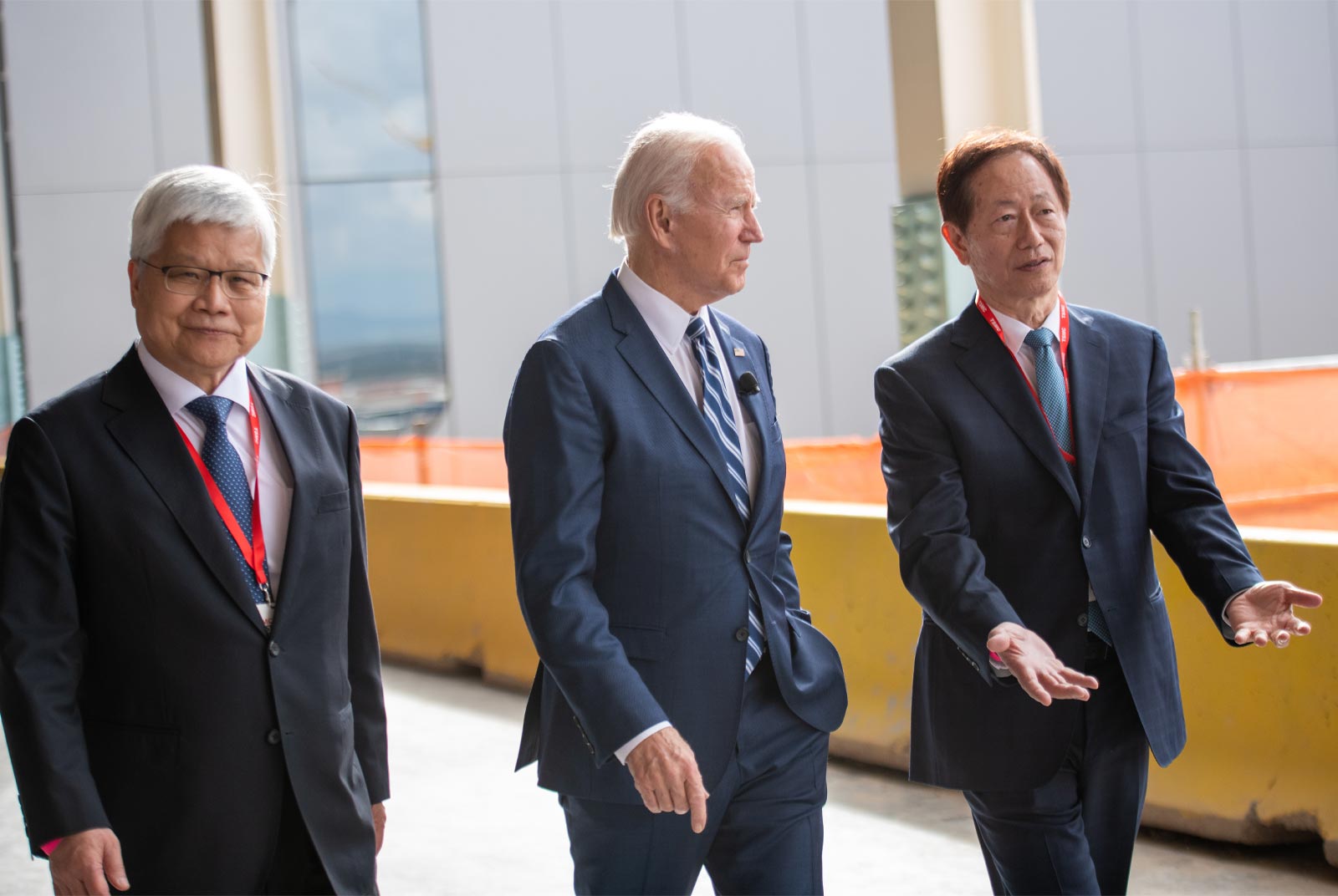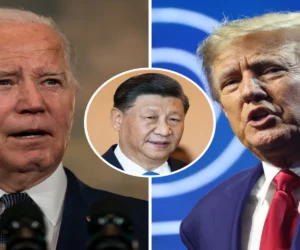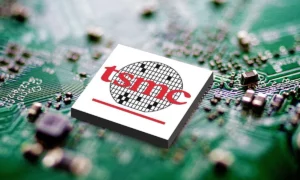Introduction:
In the realm of semiconductor manufacturing, numbers often tell a story of immense investment, strategic maneuvering, and government incentives. One such tale unfolds with Taiwan Semiconductor Manufacturing Company (TSMC), a global juggernaut in chip fabrication, as it embarks on a colossal venture bolstered by substantial U.S. government support.
Follow us on Linkedin for everything around Semiconductors & AI
A Whopping $11.5 Billion Investment &
Amount: TSMC will receive up to $6.6 billion in direct funding under the CHIPS and Science Act. On top of that, they may be eligible for up to $5 billion in loans.
What it gets them: This funding helps TSMC build a third chip factory in Arizona. This new factory will focus on producing the most advanced chips yet made in the US (2nm or more advanced).
Total investment: With this new funding, TSMC’s total investment in Arizona shoots up to over $65 billion! This is the biggest foreign direct investment in Arizona’s history.
Firstly, let’s address the sheer magnitude of investment. $11.5 billion is undeniably a staggering sum, even in the high-stakes world of semiconductor manufacturing. This financial commitment alone speaks volumes about TSMC’s dedication to expanding its operations and advancing semiconductor technology.
Read More: Why Did TSMC Choose Kikuyo Town for Its Second Factory Expansion
The Underrated Investment Tax Credit
However, what often flies under the radar is the investment tax credit, a mechanism that can significantly augment TSMC’s financial position. This credit, amounting to 25% of capital investments in semiconductor equipment and facilities, offers a substantial boon to companies like TSMC, effectively reducing their tax liabilities.
A tax credit is a mechanism used by governments to incentivize certain behaviors or activities by reducing the amount of tax owed by individuals or businesses. Unlike a tax deduction, which reduces the amount of taxable income, a tax credit directly reduces the amount of tax owed. In essence, it’s a dollar-for-dollar reduction in the actual amount of tax liability.
Investment tax credit encourages businesses to invest in certain assets or activities deemed beneficial to the economy. In the context of semiconductor manufacturing, as mentioned in the example provided earlier, an investment tax credit might be offered to companies investing in semiconductor equipment and facilities to promote technological advancement and economic growth.
Let’s assume a hypothetical total R&D investment for TSMC’s Arizona fabs: $65 billion USD (This is based on news reports about their total investment in Arizona).
Assuming a 25% tax credit on R&D expenses: tax_credit_rate = 0.25
Calculate the total rebate: total_rebate = total_investment * tax_credit_rate
Estimated total rebate: total_rebate = $65 billion USD * 0.25 = $16.25 billion USD
When TSMC upped its total investment to a monumental $65 billion, the implications became even more profound. Assuming the entirety of this investment qualifies for the tax credit, TSMC could potentially claim up to $16 billion(25% of 65 Billion Dollar) in tax credits. This is a monumental sum, directly subtracted from TSMC’s tax liabilities, thus freeing up capital for further investment, research, and development.
TSMC is the most advanced leading semiconductor company in the entire world. What taxpayers’ dollars are achieving here is of the utmost importance for our country and for our economic and national security
~US Govt. Official
Read More: How TSMC Japan is different from US
TSMC’s Monumental $65 Billion Investment
In light of these figures, it becomes evident that TSMC is not merely making a splash in the semiconductor industry; it’s making waves. With an estimated $28 billion(16.25+11.5) in U.S. government support, TSMC is breaking new ground, surpassing the 40% threshold that was previously mentioned in discussions about Japan’s semiconductor industry.
Unprecedented Levels of Support
Has any non-American domiciled company ever received such monumental government support before? It’s a valid inquiry, and one that underscores the exceptional nature of TSMC’s venture. The sheer scale of support from the U.S. government sets a precedent, demonstrating the strategic importance of semiconductor manufacturing and TSMC’s pivotal role within it.
Read More: Five Talks by Morris Chang Charting the Journey of TSMC
Conclusion
In conclusion, the convergence of TSMC’s substantial investment, coupled with the underrated benefit of the investment tax credit, has positioned the company at the forefront of semiconductor innovation. With unprecedented levels of U.S. government support, TSMC is poised to not only meet but exceed industry expectations, shaping the future of technology in profound ways. As the semiconductor landscape continues to evolve, TSMC stands as a beacon of innovation, propelled forward by strategic investments and unwavering government backing.
Reference: Asianometry News letter




